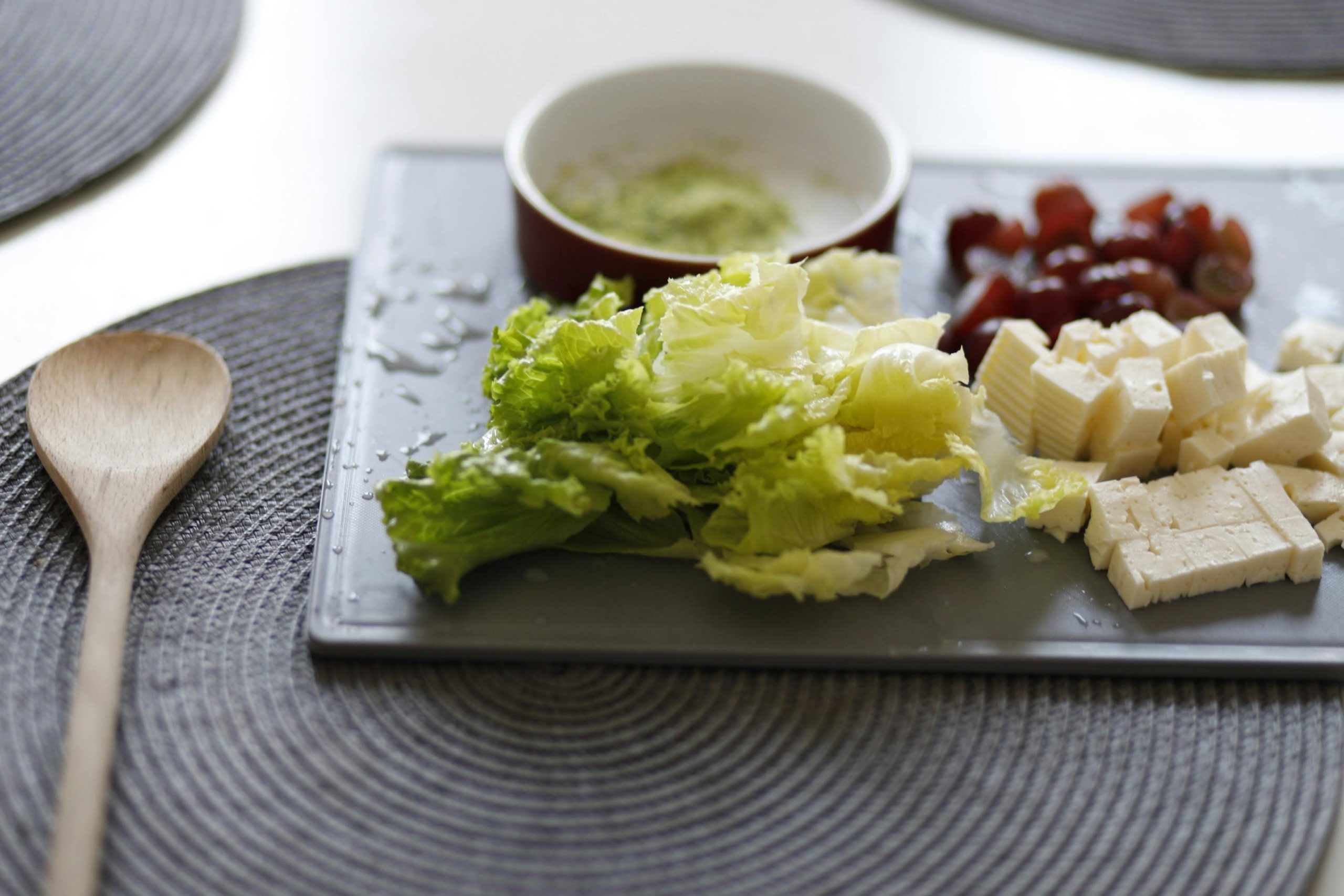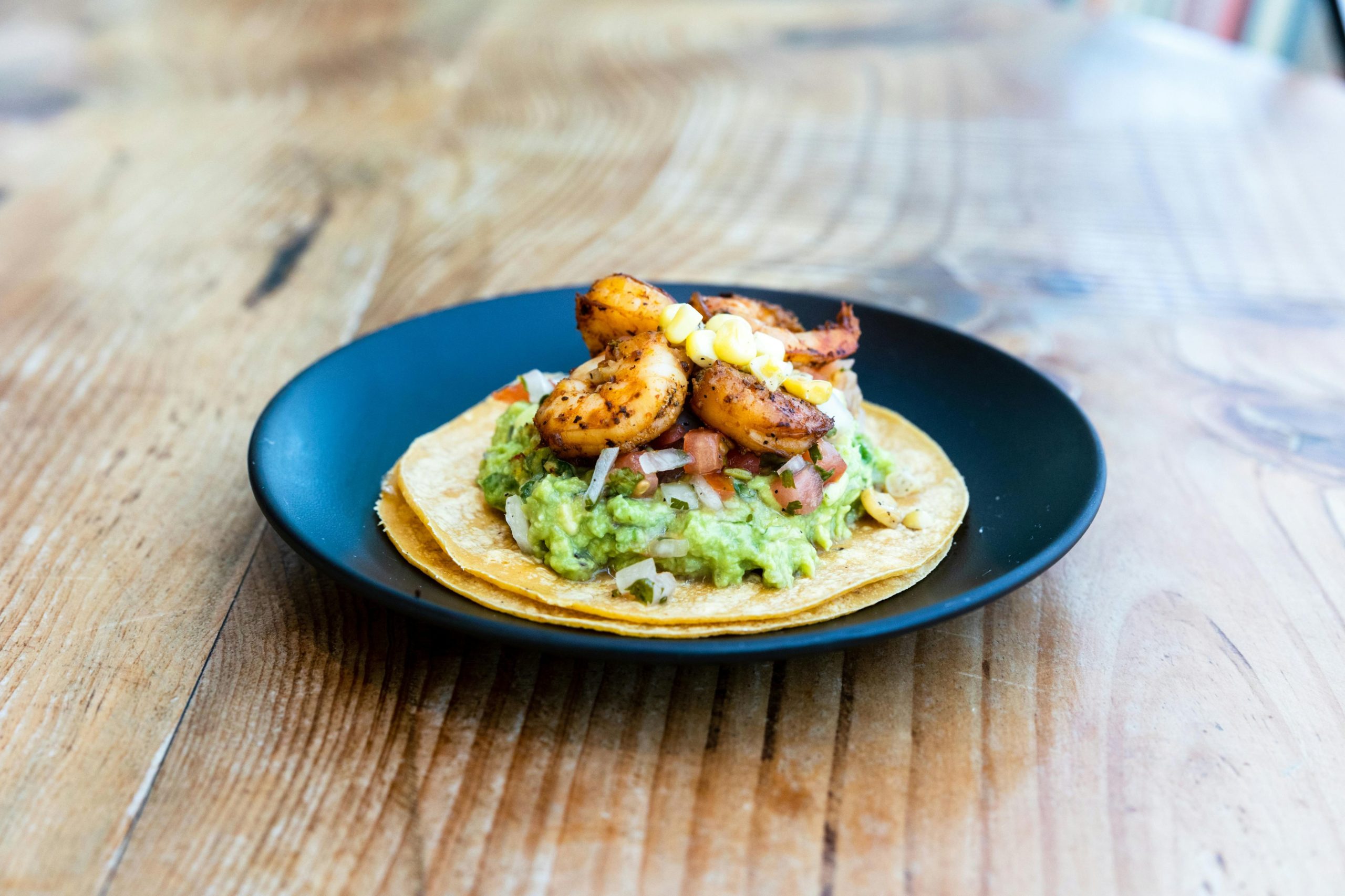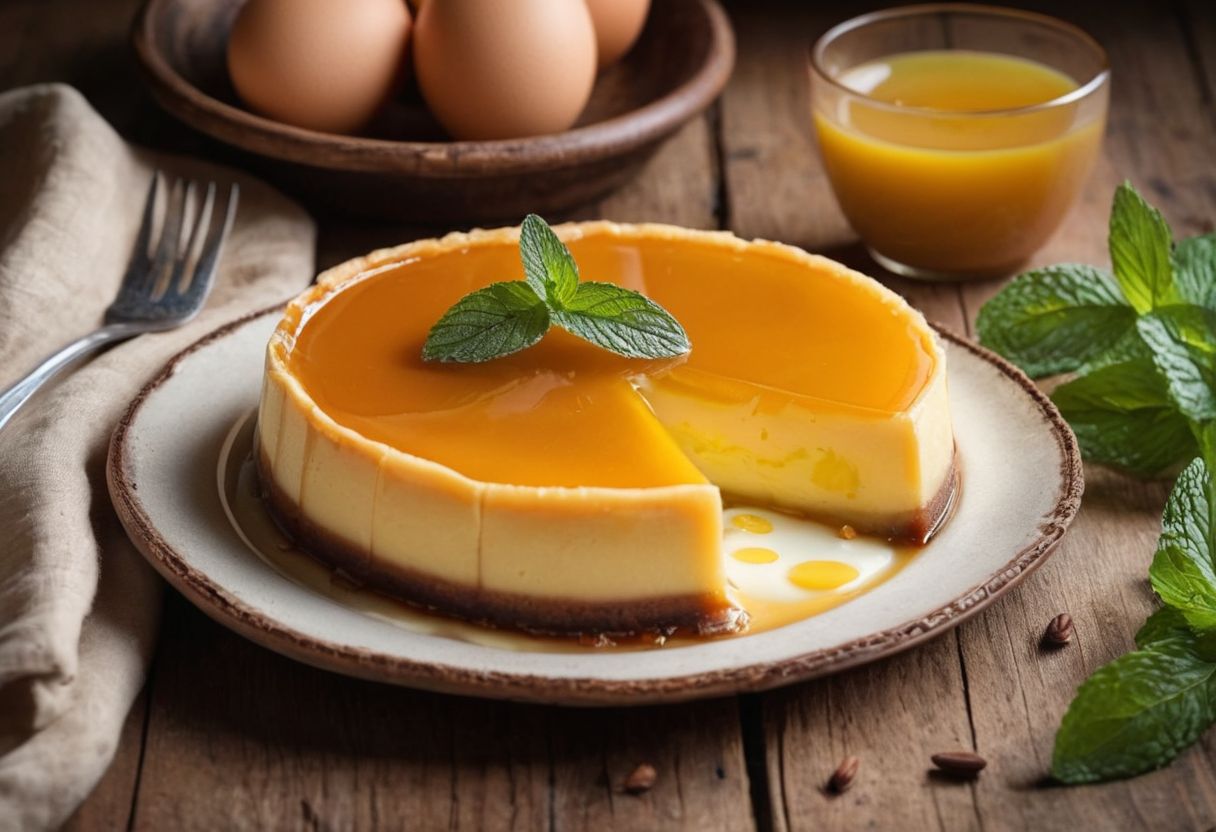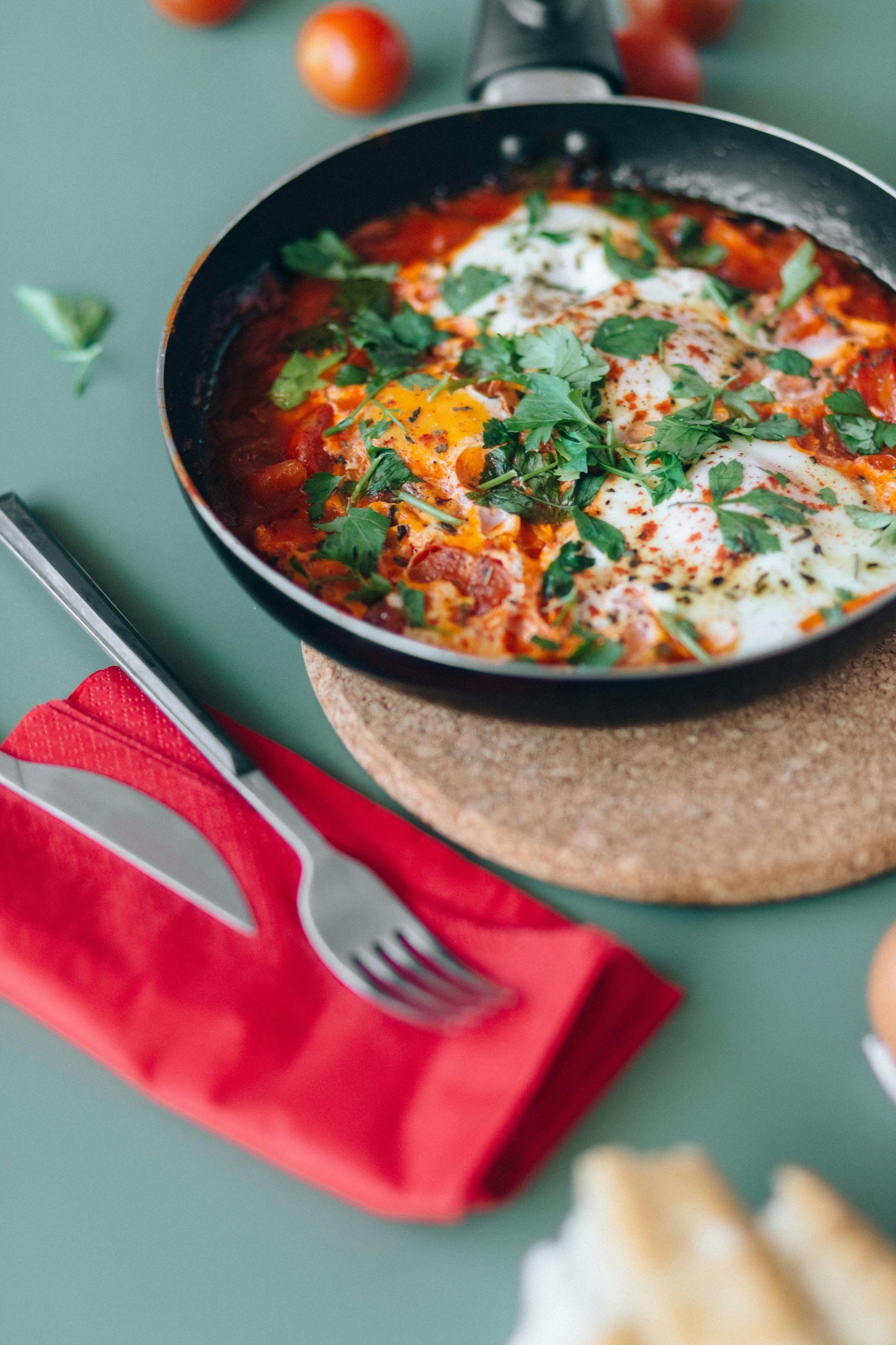Have you ever wondered what makes ceviche such a celebrated dish worldwide?
Finding the perfect balance of flavors and ingredients in ceviche can be daunting for many.
Ceviche is a marinated dish featuring fish or shellfish cured in citrus juices, primarily lime or lemon, and is spiced with chili peppers and other seasonings.
This article will take you through the fascinating journey of ceviche, from its historical roots and cultural significance to the diverse preparation methods and essential ingredients that make it a global culinary treasure.
The Etymology of Ceviche: Tracing Its Origins

The term “ceviche” is steeped in a rich linguistic history, tracing back to multiple origins. While some believe it derives from the Spanish word “escabeche,” which means marinade or pickle, others argue it could have come from the Quechua word “siwichi,” meaning fresh fish. This diversity in etymology underscores the deep cultural roots and regional variations of this beloved dish.
Further complicating the origin story, there are theories suggesting the name “ceviche” might have Arabic influences, possibly derived from the word “sakbāj,” meaning meat cooked in vinegar. This points to the fascinating blend of cultures and culinary practices that have influenced what we now know as ceviche, making it a truly global dish enjoyed in various forms across Latin America.
The Historical Evolution of Ceviche

The historical evolution of ceviche is as colorful and diverse as its flavors. Originally, the indigenous populations of current-day Peru and Ecuador, such as the Moche, who thrived on the Pacific coast, consumed early forms of ceviche. They marinated their catch in local fruit juices like tumbo and seasoned it with salt, showcasing the resourcefulness of using available natural preservatives.
With the arrival of the Spanish conquistadors, who introduced new ingredients like citrus fruits and onions, the classic ceviche began to take shape. This fusion of Old World and New World cooking techniques and flavors not only revolutionized the dish but also cemented its place in the culinary traditions of coastal Latin America. Over centuries, ceviche has evolved, reflecting the local tastes and ingredients of regions stretching from Peru to Mexico, making it a staple in Latin American cuisine.
Ceviche’s Cultural Heritage Recognition
Ceviche, a dish emblematic of Peru’s rich gastronomic traditions, has been officially recognized by UNESCO as part of the Intangible Cultural Heritage of Humanity. This prestigious designation underscores the dish’s significant cultural value and its role in fostering social cohesion and identity among Peruvians. The recognition not only honors the traditional methods of preparing ceviche, which involve marinating raw fish in citrus juices and spicing it with chili peppers, but also celebrates the communal and celebratory aspects of its consumption. UNESCO’s acknowledgment highlights the global importance of preserving such culinary practices, which are deeply woven into the fabric of national cultures.
Preparing Ceviche: Methods and Regional Twists
Preparing ceviche involves marinating raw fish in citrus juices, primarily lime or lemon, which ‘cooks’ the fish without heat. This method, known as curing, varies widely across regions, reflecting local tastes and available ingredients. In South America, for instance, the type of citrus and additional seasonings like cilantro or chili peppers can differ significantly from one country to another.
Each region brings its own twist to ceviche, influenced by cultural preferences and local seafood availability. For example, in Peru, the birthplace of ceviche, the dish is typically made with sea bass or flounder, marinated in lime juice and spiced with aji amarillo peppers. This classic Peruvian style is often garnished with red onions and served with sides like sweet potatoes and corn.
Beyond South America, ceviche has been adapted and embraced in various forms. In North and Central America, ingredients such as avocado, tomato, and coconut milk are popular, showcasing the adaptability of ceviche to different regional palates. These variations not only highlight the versatility of the dish but also the shared culinary heritage across these regions.
South American Ceviche Variations
South American ceviche is celebrated for its diversity, with each country showcasing unique variations. In Peru, the classic ceviche includes sea bass marinated in fresh lime juice, while in Ecuador, shrimp ceviche with tomato and lime is popular. Chilean ceviche often features halibut with grapefruit juice and cilantro, reflecting the local seafood and flavor preferences.
Ceviche Across North and Central America
In North and Central America, ceviche styles vary widely. Mexican ceviche typically includes fish marinated in lime juice with tomatoes, onions, and cilantro, often served with avocado. In the Caribbean, coconut milk is a common addition, enriching the flavor profile. Central American countries like Panama and Costa Rica enjoy ceviche with local fish like corvina, seasoned with lemon juice and cilantro.
The Importance of Sashimi-Grade Fish in Ceviche
When making ceviche, the quality of the fish is paramount, and this is why sashimi-grade fish is highly recommended. Sashimi-grade signifies that the fish has been handled and processed under stringent conditions to minimize the risk of parasites and bacteria, making it safe for raw consumption.
Using sashimi-grade fish ensures that your ceviche not only tastes great but is also safe to eat. Since ceviche involves curing the fish in citrus juice rather than cooking through heat, the freshness and quality of the fish directly influence the safety and flavor of the dish.
Choosing the Best Fish for Your Ceviche
For an exceptional ceviche, opt for firm, lean white fish like sea bass, mahi-mahi, or red snapper. These fish are not only flavorful but also hold up well against the acidity of the lime juice, resulting in a perfect texture. Avoid oily or very delicate fish which can become mushy or overpower the dish.
Fish to Avoid in Ceviche Preparation
It’s best to avoid oily fish like mackerel, sardines, or bluefish for ceviche as they can go rancid rather than cure properly. Also, steer clear of farmed salmon and freshwater fish like trout, as they may not handle the curing process well and are prone to parasites, affecting the overall texture and safety of your ceviche.
Essential Ingredients for a Flavorful Ceviche
Ceviche is not just about the fish; it’s a symphony of flavors brought together by various ceviche ingredients. Besides the primary ingredient of fresh, sashimi-grade fish, the acidity from lime or lemon juice is crucial. These citrus juices not only add a tangy flavor but also “cook” the fish by denaturing its proteins. This process turns the fish firm and opaque, giving ceviche its distinctive texture.
Other ingredients play pivotal roles in enhancing the ceviche’s overall taste. Red onions add a crunch and a slight sweetness when soaked in the marinade, balancing the acidity. Chili peppers, such as aji amarillo or jalapeños, introduce a spicy kick that can be adjusted according to taste. Herbs like cilantro contribute freshness, while avocado offers a creamy texture that complements the firm fish. Together, these ingredients create a harmonious blend that makes ceviche a beloved dish worldwide.
Step-by-Step Guide to Making Ceviche
To start making ceviche, first, choose a type of firm, lean fish such as sea bass or mahi-mahi and cut it into small, bite-sized pieces. Place these pieces in a non-reactive bowl. Squeeze enough lime juice to cover the fish, ensuring each piece is well coated. This acidity is crucial as it “cooks” the fish. Allow this to marinate in the refrigerator for about 15 to 30 minutes, depending on how “cooked” you prefer your fish.
After marination, drain some of the lime juice and add finely sliced red onions, diced chili peppers, and a generous handful of chopped cilantro. For a refreshing crunch, include diced cucumbers or tomatoes. Gently mix these ingredients with the fish. Right before serving, fold in diced avocados and season with salt to taste. This method ensures that all flavors meld beautifully while keeping the textures distinct and enjoyable.
Tips for Serving Ceviche
Serving ceviche correctly is key to enhancing its enjoyment. Always serve ceviche chilled, ideally in a glass or ceramic dish to maintain its temperature. For a visually appealing presentation, serve it in clear individual glasses or on small plates accompanied by tortilla chips or crispy tostadas for scooping. Garnishes like sliced avocado, extra cilantro, or a wedge of lime on the side allow guests to customize their experience. Remember, the freshness of ceviche means it should be consumed soon after preparation, ideally within an hour for the best taste and texture.
Nutritional Benefits of Ceviche
Ceviche isn’t just a delight for the palate; it’s also packed with nutritional benefits that make it a smart choice for health-conscious eaters. Rich in lean protein from fresh fish, ceviche aids in muscle repair and growth. It’s also low in calories, making it an excellent option for those managing their weight. Ceviche’s citrus-based marinade is high in vitamin C, crucial for immune system support and skin health. Furthermore, the inclusion of seafood means a healthy dose of omega-3 fatty acids, known for reducing inflammation and supporting heart and brain health. With such a combination of health benefits, ceviche is more than just a meal; it’s a vibrant addition to a balanced diet.
Visual Journey: Mexican Ceviche in Pictures
Mexican ceviche is not just a dish; it’s a vibrant art form that tantalizes the senses with its colors and textures. Imagine a close-up photo capturing the glistening, citrus-cured fish, complemented by vibrant red onions, deep green cilantro, and creamy avocado slices. Each ingredient stands out, making the dish not only delicious but visually stunning. These images are a feast for the eyes, showcasing the fresh, bright, and diverse elements that make Mexican ceviche a beloved culinary masterpiece.
Experience the Best Ceviche with Indulge‘s Culinary Tours
Imagine savoring the best ceviche while exploring the vibrant streets of Zurich with INDULGE‘s culinary tours. These expert-led tours not only introduce you to Swiss culinary delights but also incorporate international flavors, including the beloved ceviche. Whether you’re a tourist eager to taste different cuisines or a local food enthusiast, INDULGE‘s tours offer a unique opportunity to dive deep into the world of ceviche, right in the heart of Zurich.
During the tours, you’ll experience:
- A curated selection of the finest ceviches, paired with insights into their preparation and history.
- Exclusive tasting sessions that highlight the subtleties between different styles of ceviche, from traditional Peruvian to innovative local twists.
This immersive experience is designed to elevate your culinary knowledge and leave you with a lasting appreciation for this exquisite dish.
Frequently Asked Questions
What is ceviche usually made of?
Ceviche is usually made of fish or shellfish that is cured in citrus juices, primarily lime or lemon. It is also spiced with chili peppers and other seasonings such as cilantro, red onions, and sometimes includes additional ingredients like avocado or tomatoes depending on regional variations.
Is ceviche cooked or raw?
Ceviche is made with raw fish that is ‘cooked’ or cured in citrus juices, primarily lime or lemon. This process, known as curing, denatures the proteins in the fish, turning it firm and opaque, which gives it a texture similar to that of cooked fish without the use of heat.
What does ceviche taste like?
Ceviche typically has a fresh, tangy flavor profile due to the citrus juices used in its preparation. The addition of ingredients like chili peppers, onions, and cilantro adds layers of spiciness, sweetness, and freshness. Depending on regional variations, other elements like avocado or coconut milk can enrich the flavor, making it complex and vibrant.
What is so special about ceviche?
Ceviche is special because it is not only a delicious dish but also a part of the Intangible Cultural Heritage of Humanity as recognized by UNESCO. It represents a fusion of Old World and New World cooking techniques and flavors, reflecting the cultural heritage and culinary traditions of Latin America. Its preparation and communal consumption also play a significant role in fostering social cohesion and identity among communities.








